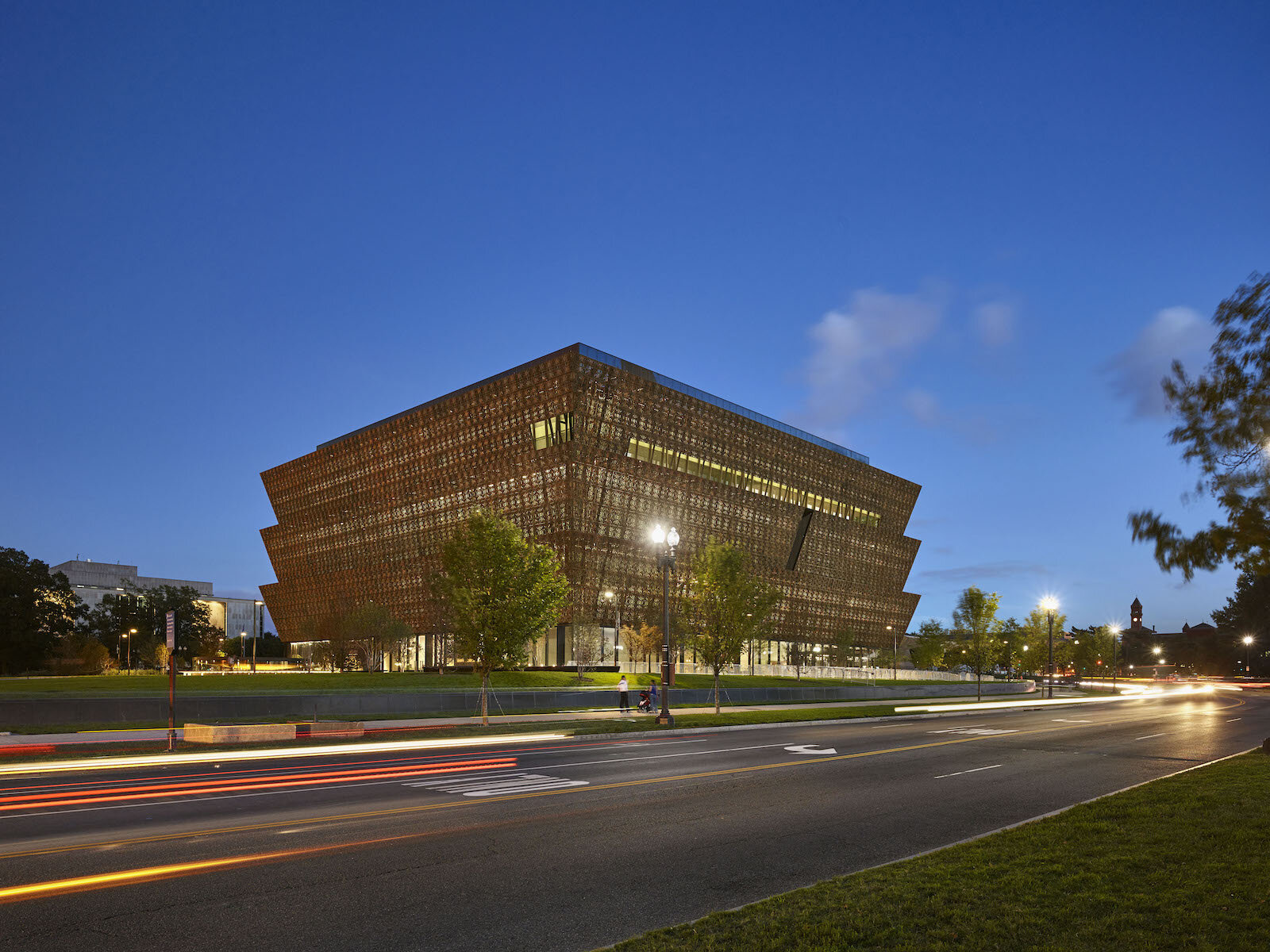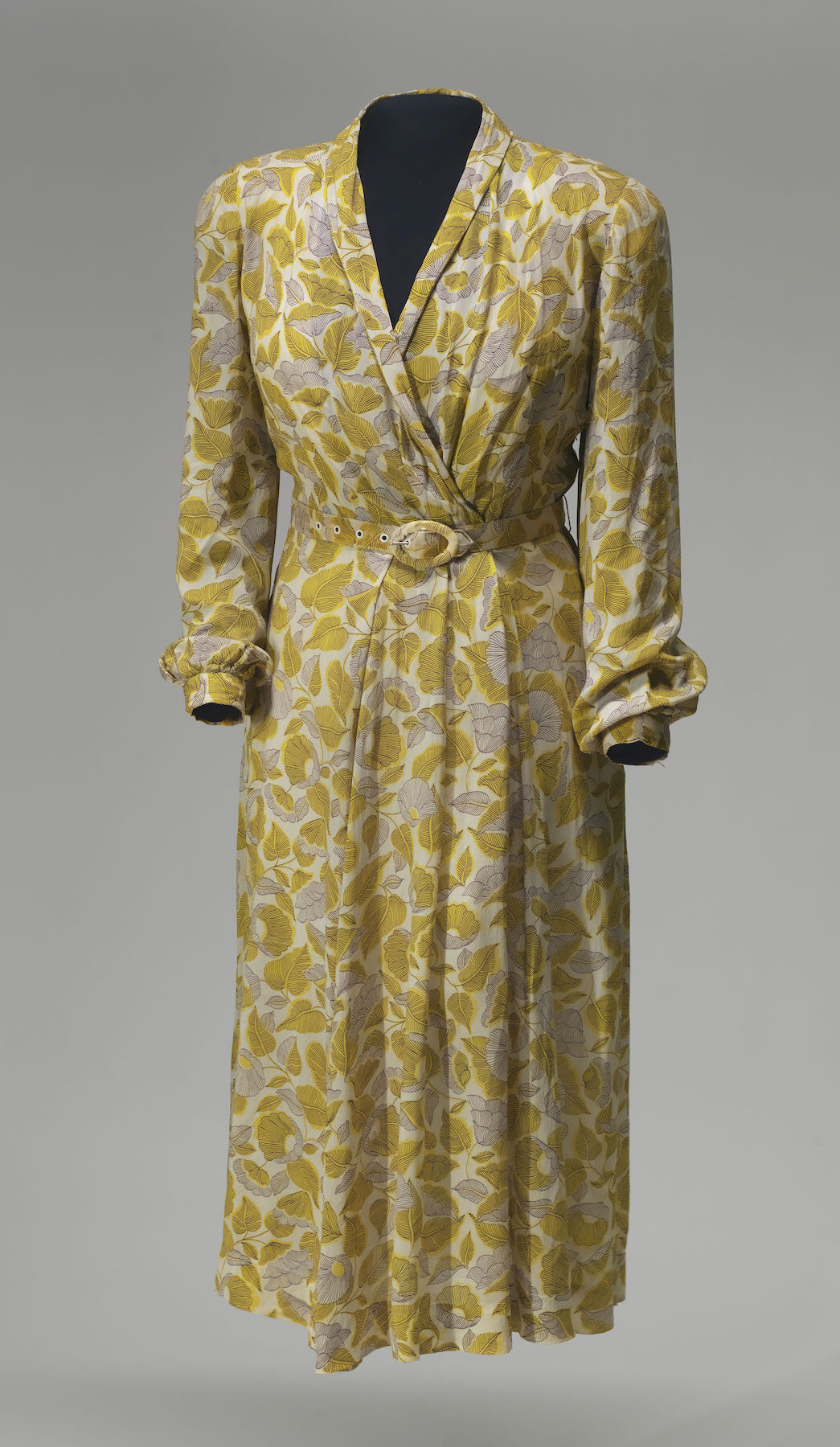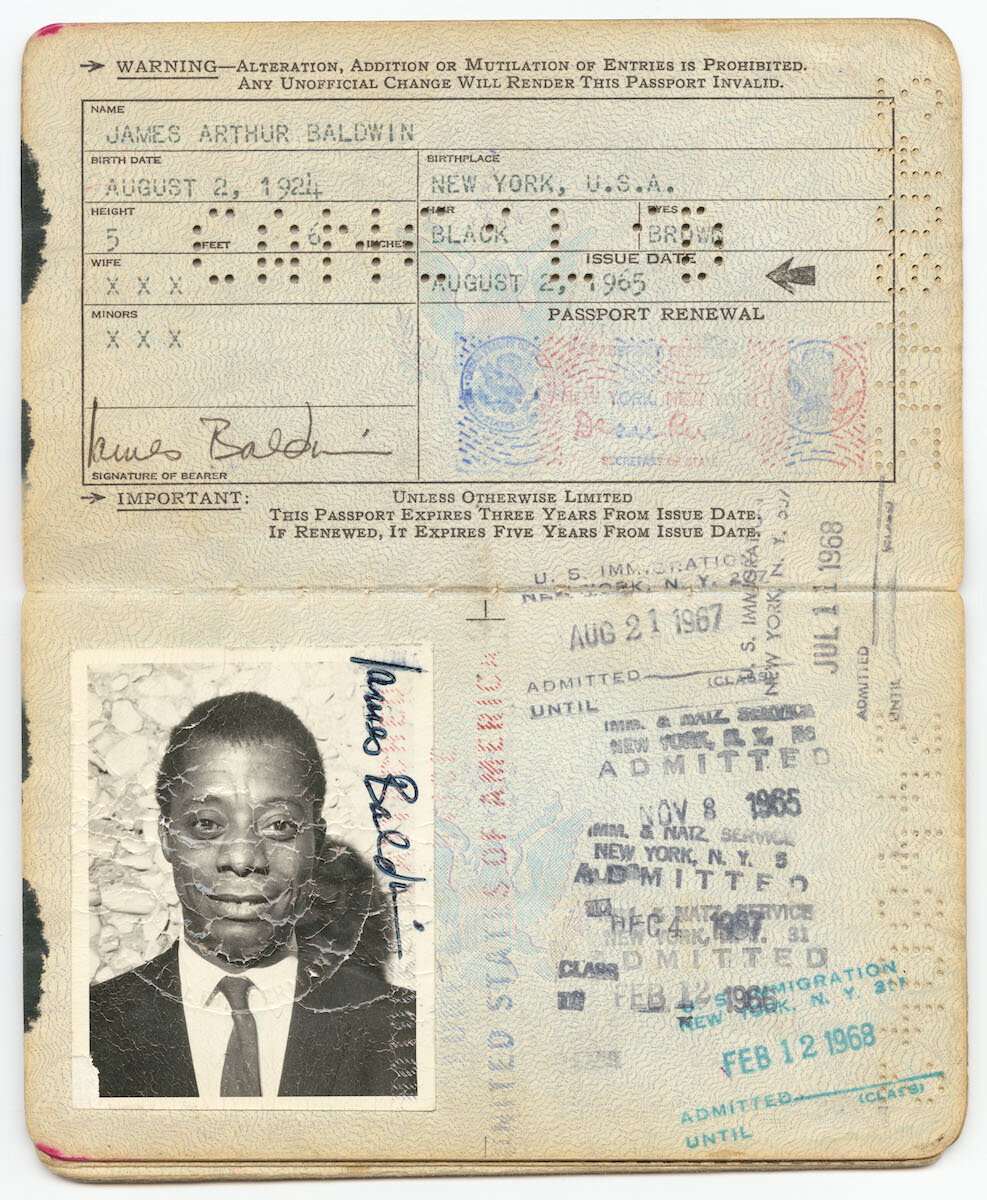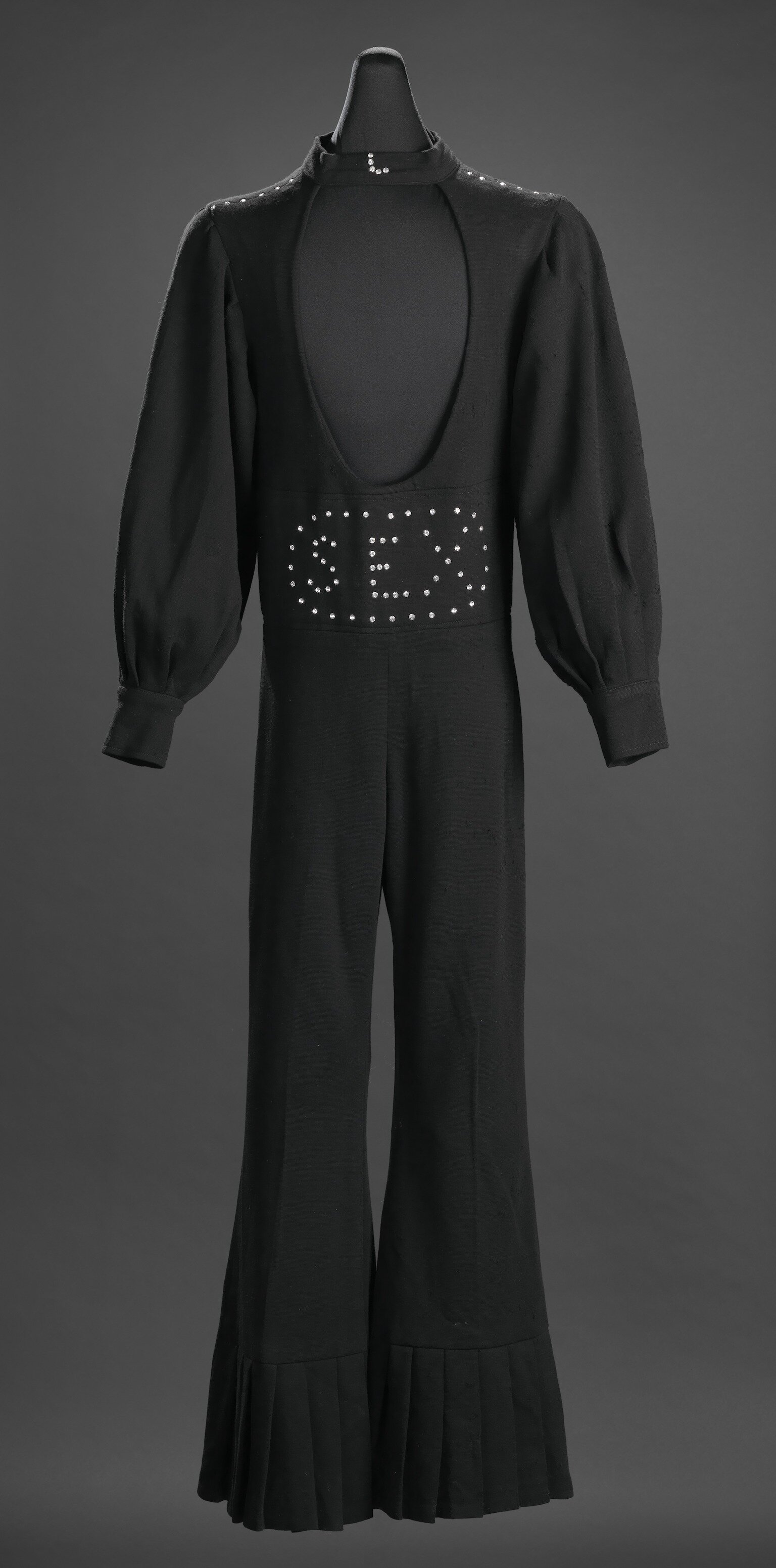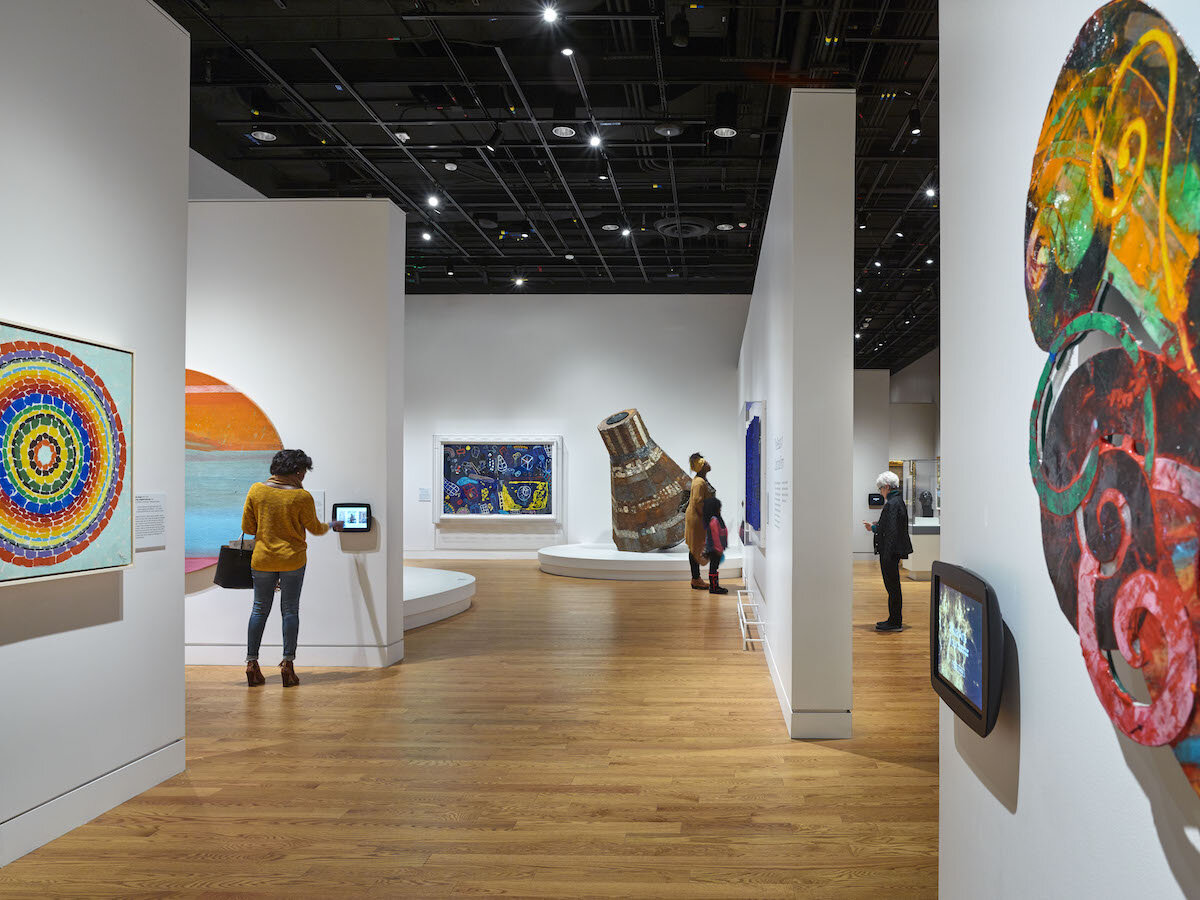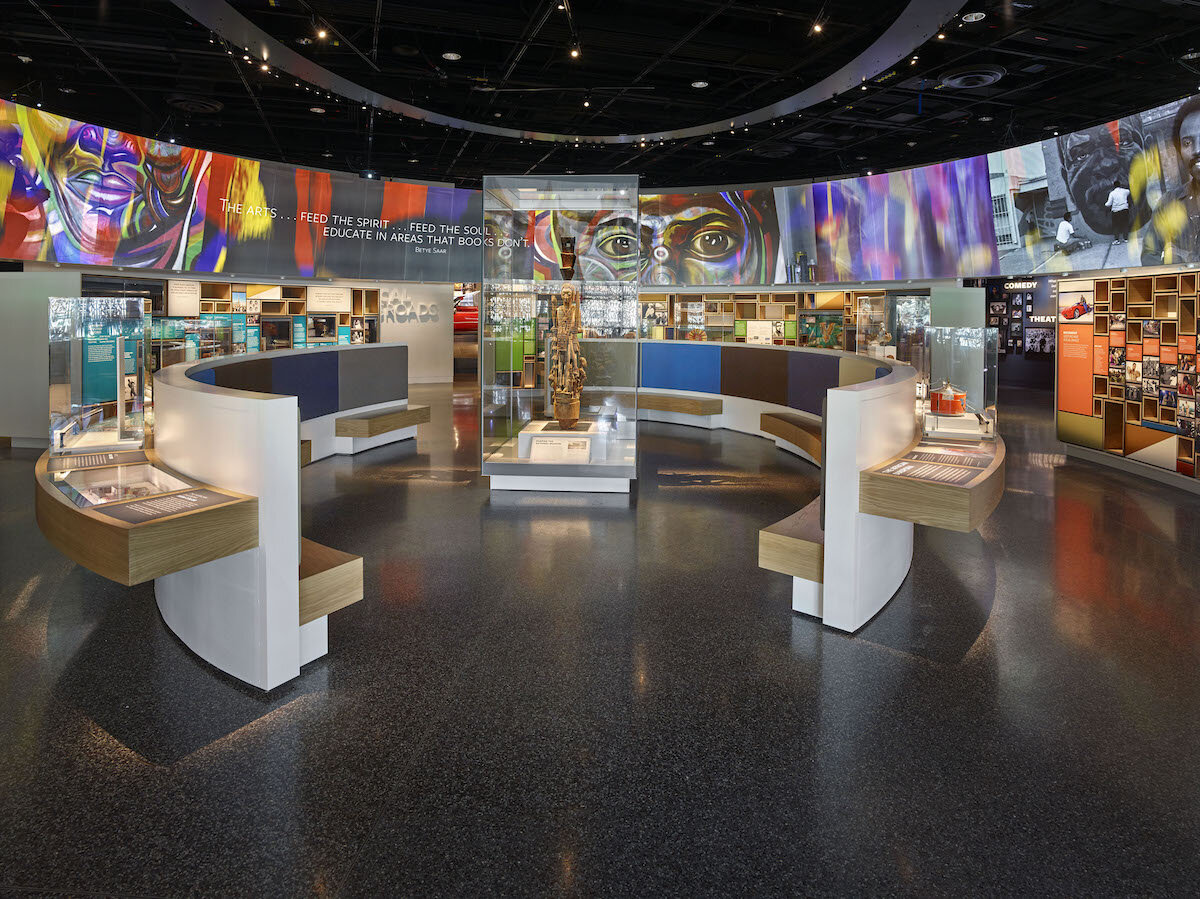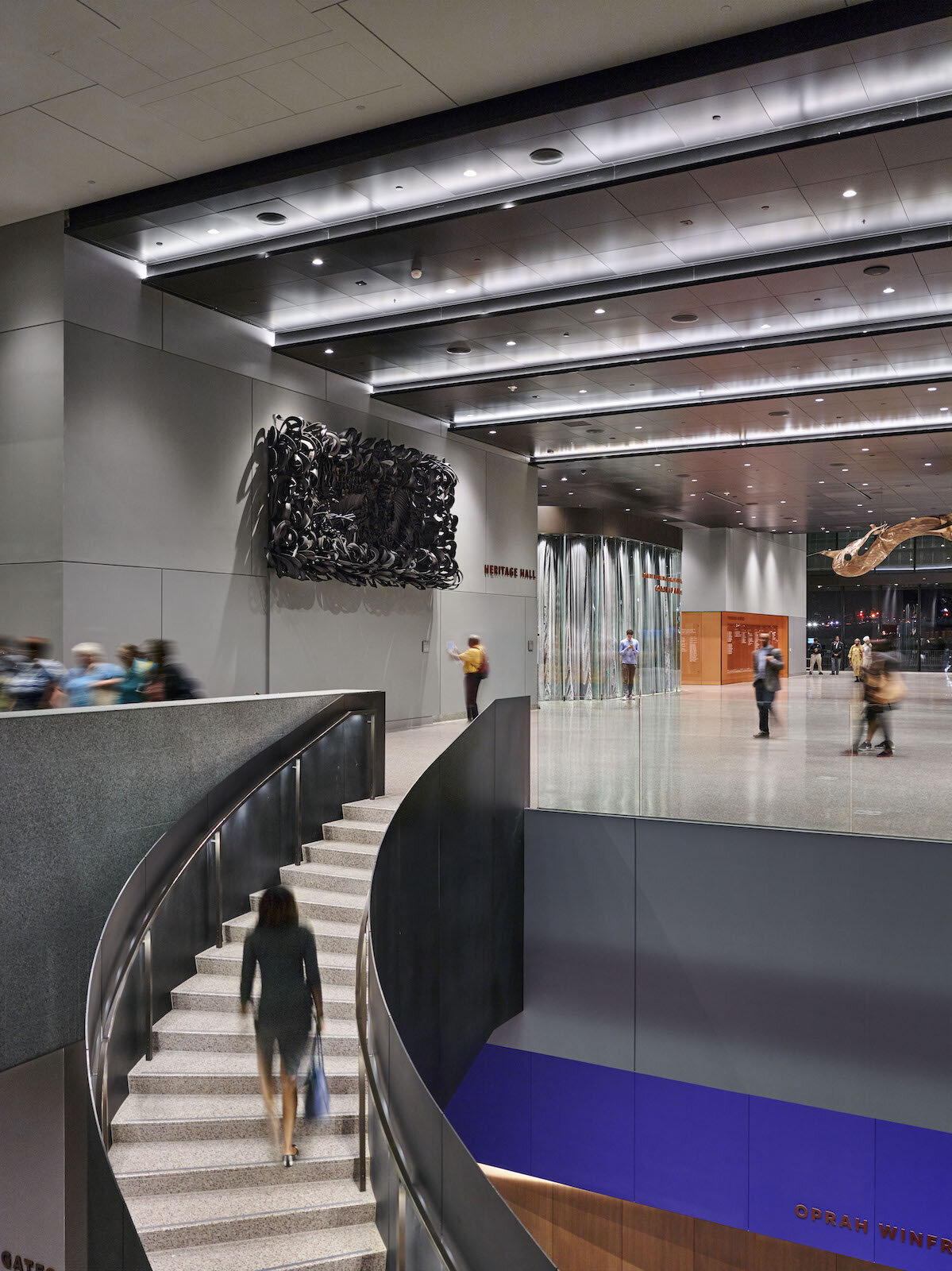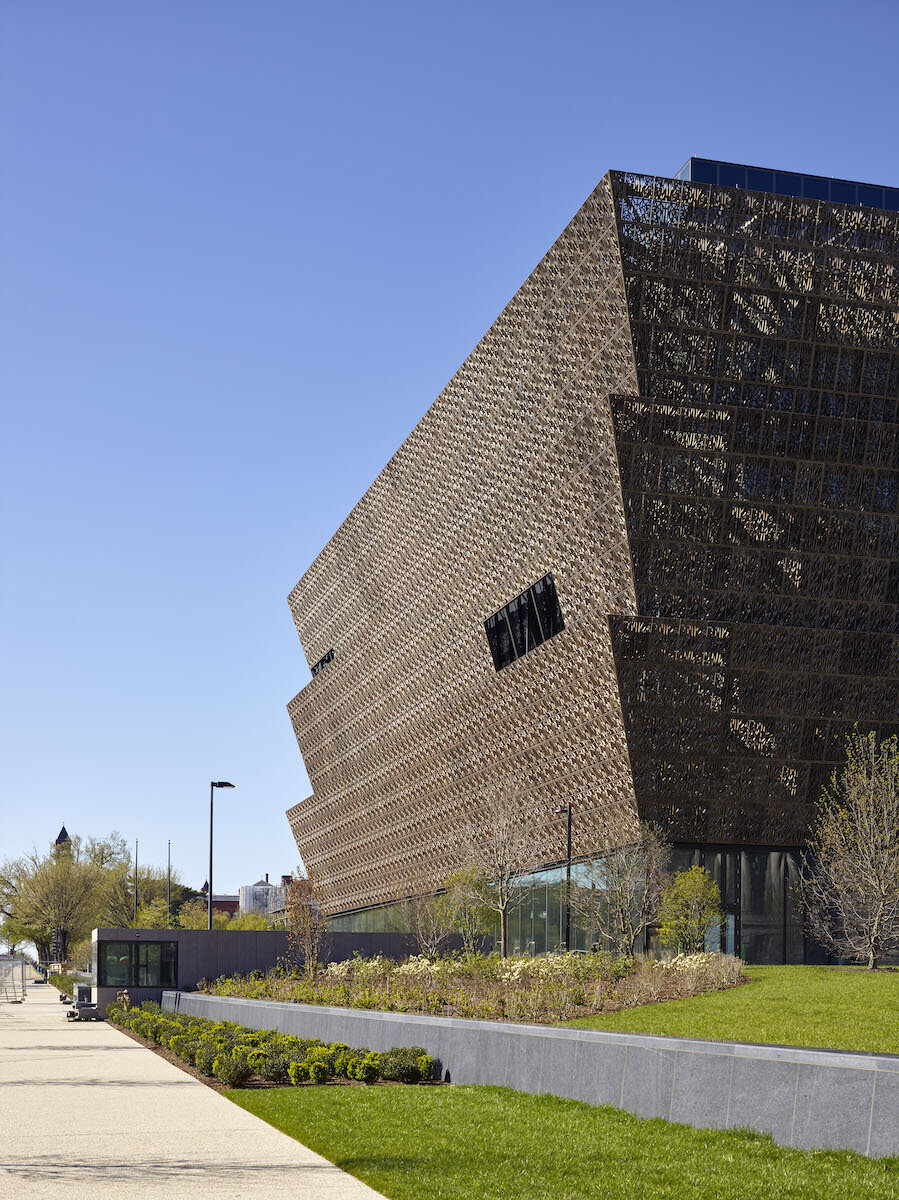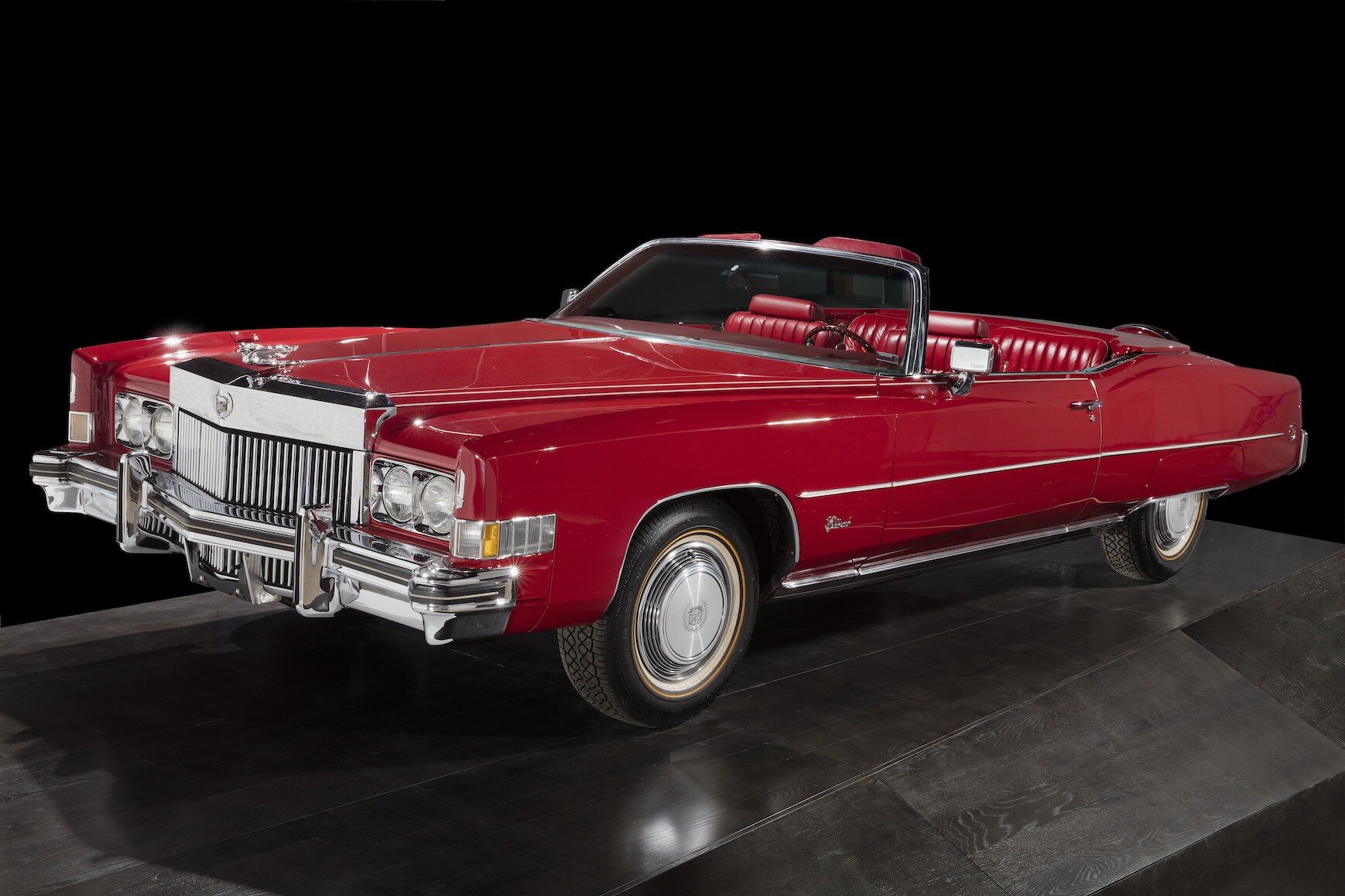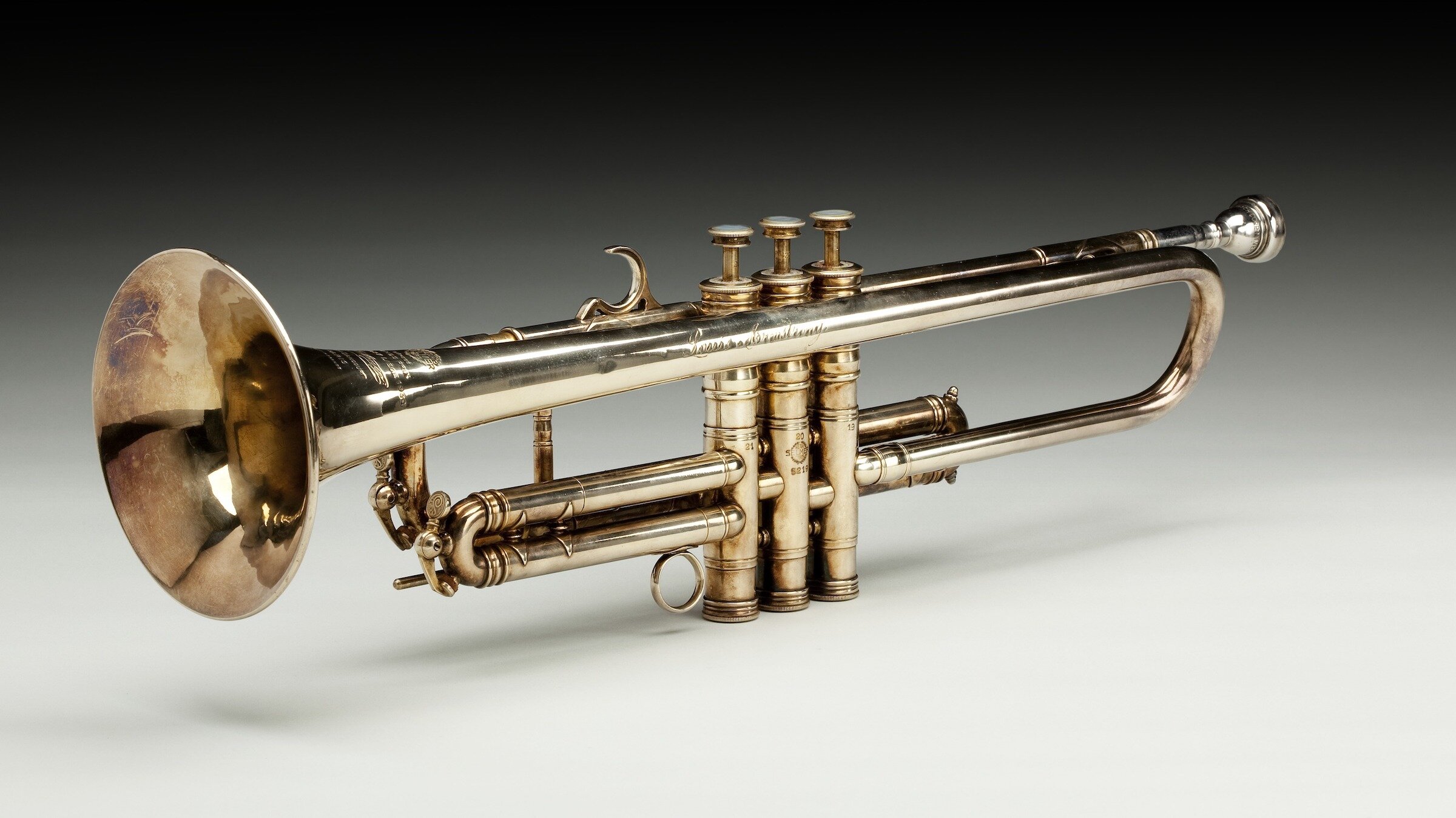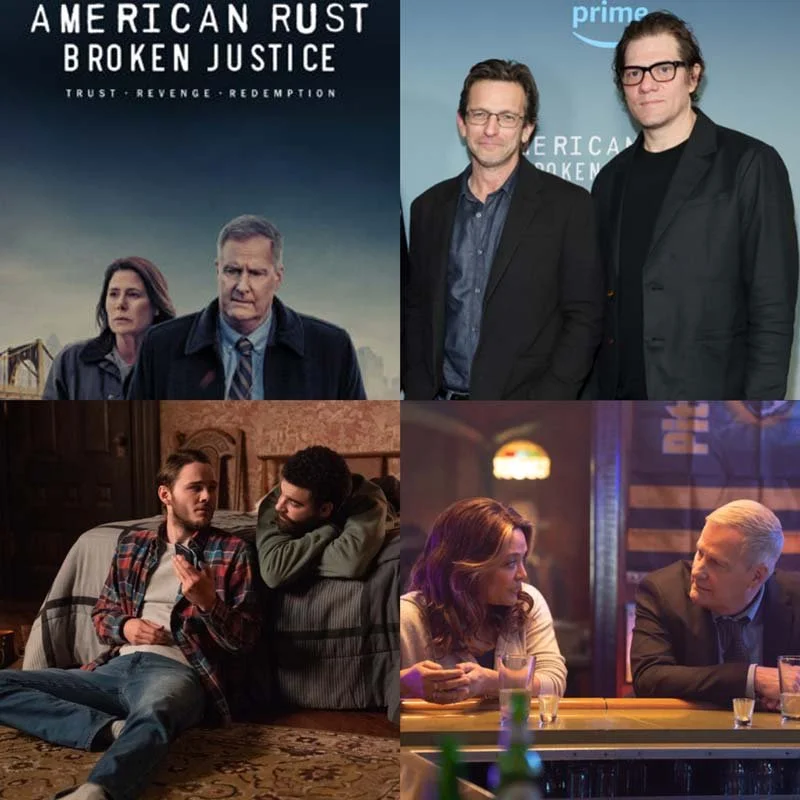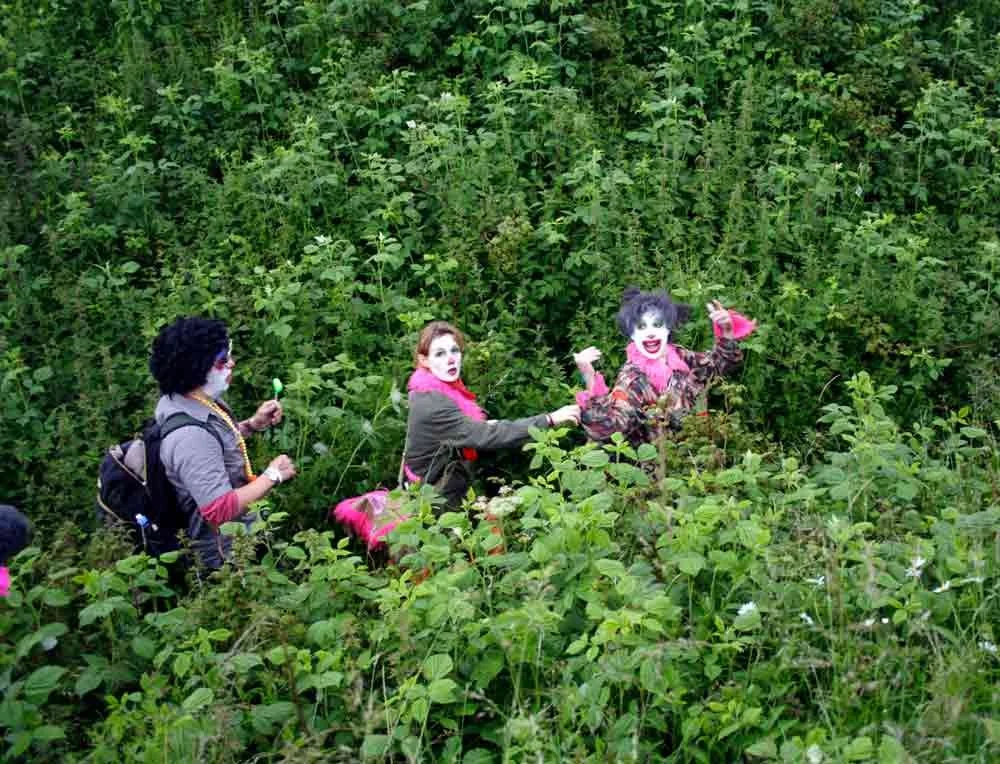Dr. Dwandalyn Reece is a storyteller, ethnomusicologist, and museum professional. Reece studied American Studies and Music at Scripps College, American Culture and Museum Practice at the University of Michigan, and Musical Performance at New York University. Her research and projects include exhibitions at the Louis Armstrong House and Archives, the Brooklyn Historical Society, the New Jersey State Museum, and the Motown Historical Museum, as well as being the former senior program officer for the National Endowment for the Humanities. Reece is currently the Curator of Music and Performing Arts at the Smithsonian’s National Museum of African American History and Culture, where she co-curated the Smithsonian Year of Music and “Freedom Sounds: A Community Celebration.” Reece also curated one of the museum’s permanent exhibitions, Musical Crossroads, and received the Secretary’s Research Prize to do so in 2017. Reece is a community-driven artist, and she uses her experience and works in the community to inspire the work she collaboratively produces.
DWANDALYN REECE
This museum, this institution has a long history and actually, the idea of a museum goes back to maybe 100 years ago when Civil War veterans wanted a monument recognizing the service and the sacrifice of African Americans during the war effort. And over the years in the 20th century had the support of Congress but nothing ever really came of it, and it wasn't until the mid-late 80s when congressman John Lewis with some other colleagues started to bring forth the idea that the Smithsonian needed to have a presence to recognize the significance and contributions of African Americans to the history of this country.
❧
I've been at the museum for 10 years, and when I came to this job all I was told was that I was going to develop this music exhibit and then "just go!" There was no concept brought to me or framework about how the exhibition had to be, so I really had an opportunity to take my experience as a scholar and working in museums to craft something that really reflected the totality of African American musical expression but also put it into a social and cultural and political context. Because what was important to me was not just the music itself but its significance in American history and from a global perspective. And with anything that I do, I'm very interested... museums tell stories with objects, so in many ways, I find myself a storyteller, and in the work that I do, I always want to be as comprehensive and inclusive as possible.
I was trained in classical voice, and that's what I was doing in college. At some point as I decided whether to be a full voice major versus something else. One of the things that struck me was that a lot of the music majors are real insular and they just kind of have a one track mind. And I've always had an interest in history and people and really opening doors of communication. So I couldn't throw myself into it. I didn't want to cut myself off from the rest of the world. So I compromised and majored in music and American studies. But it was really a music course I took, my sophomore year that really opened my eyes about what I wanted to do. This was a classical music course called Vienna Music Mirror of Society. So what we did, we looked at classical composers, Schubert, Beethoven, Haydn, Mozart. Instead of just doing a strict musicology course, we took the approach of looking at society and culture at that time and how that shaped the music and how that music shaped society. And that course was one of those light bulb moments for me,showing that there are multiple narratives that come out of the musical experience. It's not just going to a performance or listening to a record or listening to the radio, that there are so many stories embedded in the creation and the dissemination, the reception of music. And those were the things that really fascinated me. I went to graduate school for my Master's right after that in Michigan. And I continue to do work in that area, but I was also made aware of a museum practice program, I started to think about what was really important to me. And one of the things that really resonated with me is that education and knowledge should be shared with as many people as possible. So I began to be less interested in doing the typical scholar track and teaching in a university and decided to take this museum practice program and enroll in it, with the idea that I could pursue my research scholarship, but use museums and objects as a way of creatively telling stories that reach a broad number of people.
THE CREATIVE PROCESS
I was thinking about in preparing for the interview and thinking how did my life, experiences relate, beyond academically, can't say from the inside. I can't know African-American history and culture like you would in just a natural way. But I relate to the music, to the listening of it. I dance every day. So today I'm dancing to Nina Simone and Otis Redding and I feel that listening, you can't help but be moved and that have that experience, I believe.
DWANDALYN REECE
Well, that's absolutely true, and that's one of the things I want to get across in the exhibit, that you can have that experience, you can enjoy the music, but there's also a rich complexity of stories and narratives that go behind it. So you use Nina Simone as an example. They're regional stories. And she came from North Carolina, from the South. They're the stories of her own evolution as a musical artist. She really wanted to be a classical pianist. And, you know, she was turned away from a school in Philadelphia and then started playing in clubs in Atlantic City. She was just playing, and then one day, a owner of a club said she had to sing, so she started singing. And then we have this wonderful career so that there is that narrative of an artist, who had different leanings and being infused with different musical traditions to become who she was. She was also an artist, if you think about the time when she came to prominence in the sixties. If you look at her early work, she was doing traditional standards, Tin Pan Alley songs, things from Broadway. But in the mid 1960s, she started to get involved in the Civil Rights movement, and so there's another narrative about, getting closer ties to her own heritage- black power, feminism. You can even look at it in her image and in her dress and in her sound. You can go farther along the lines of other changes with other artists and other communities. But it's important to me for people to understand that they can get so much more besides just that pure listening experience. There's a history of racism. There's a history of struggle. There's a history of resilience. There are so many stories of the power of place that shape these artists, that shape these communities, make the whole musical experience all the more richer and opens avenues for all kinds of connections in a variety of ways.
THE CREATIVE PROCESS
And you've also been involved with a number of community projects, Chinese communities in Brooklyn? You focus on this, but you've also done a lot of other community work, too.
DWANDALYN REECE
Yeah, as I was building my career, is quite interesting enough, music and museums was always my focus. But when you're starting off a career, you kind of take what job is offered. But, you know, I look back on it, it was probably doing these community based projects,really shaped my world-view and how I want to do this kind of work. I think I came of age as a professional at a time where a lot of, um, large institutions were really interested in diversifying their audiences, diversifying their collections and trying to reach out to communities and work with them so that they could tell different stories. And in doing that work, it was always, you kind of have to meet people where they are and kind of negotiate the role of museum as large, powerful institution versus a given community. How do you work as true partners? How do you respect the stories the community wants to tell in contrast to what you think you should be doing as a museum? And I really learned in that process, I really learned to listen to people, to hear where they were coming from. I learned that, as a museum professional, I'm not the expert. And particularly with music, you're never the expert. I mean, that's part of the challenge because there can be someone who comes to your exhibit or works with you and knows much more about a subject than you do. And so I've really looked at my museum work as, as an exchange,and as building relationships in working with people and the stories I tell and really making sure that I am as authentic as I can be in representing their points of view and being respectful of their own abilities to tell their own stories, but also helping people and empowering people to tell their own stories or to do their own research or to build their own collections. Part of my mission is not just to do my own work, it's part of, to build a sense of community so people can do their own work. And I really see this as a collective endeavor. I've carried that on as a philosophy throughout my career and even to my work here at the Smithsonian, which is a little harder because we're such a large cultural complex but it really shapes everything I do and informs everything I do. And even though those might have been community based exhibitions that were dealt with, history or certain place and different communities, I've had the ability to extol those principles and working with all types of people and really parlay them into the work that I do today. I think the best part of my job is meeting donors, sitting with them, going through their objects, listening to their stories and, you know, kind of putting it all together so, so that I can infuse that in my work as a curator, whether I'm developing an exhibit, writing a book, doing a digital platform, an interview or anything like that information, passion has to be captured for other people to learn from.
This interview was conducted by Mia Funk with the participation of collaborating universities and students. Associate Interviews Producer on this podcast was Darreonna Davis. Digital Media Coordinator is Hannah Story Brown.
Find us on Apple Podcasts, Spotify, Google Podcasts, Podcast Addict, Pocket Casts, Breaker, Castbox, TuneIn, Overcast, RadioPublic, Podtail, and Listen Notes, among others.
Mia Funk is an artist, interviewer and founder of The Creative Process.




